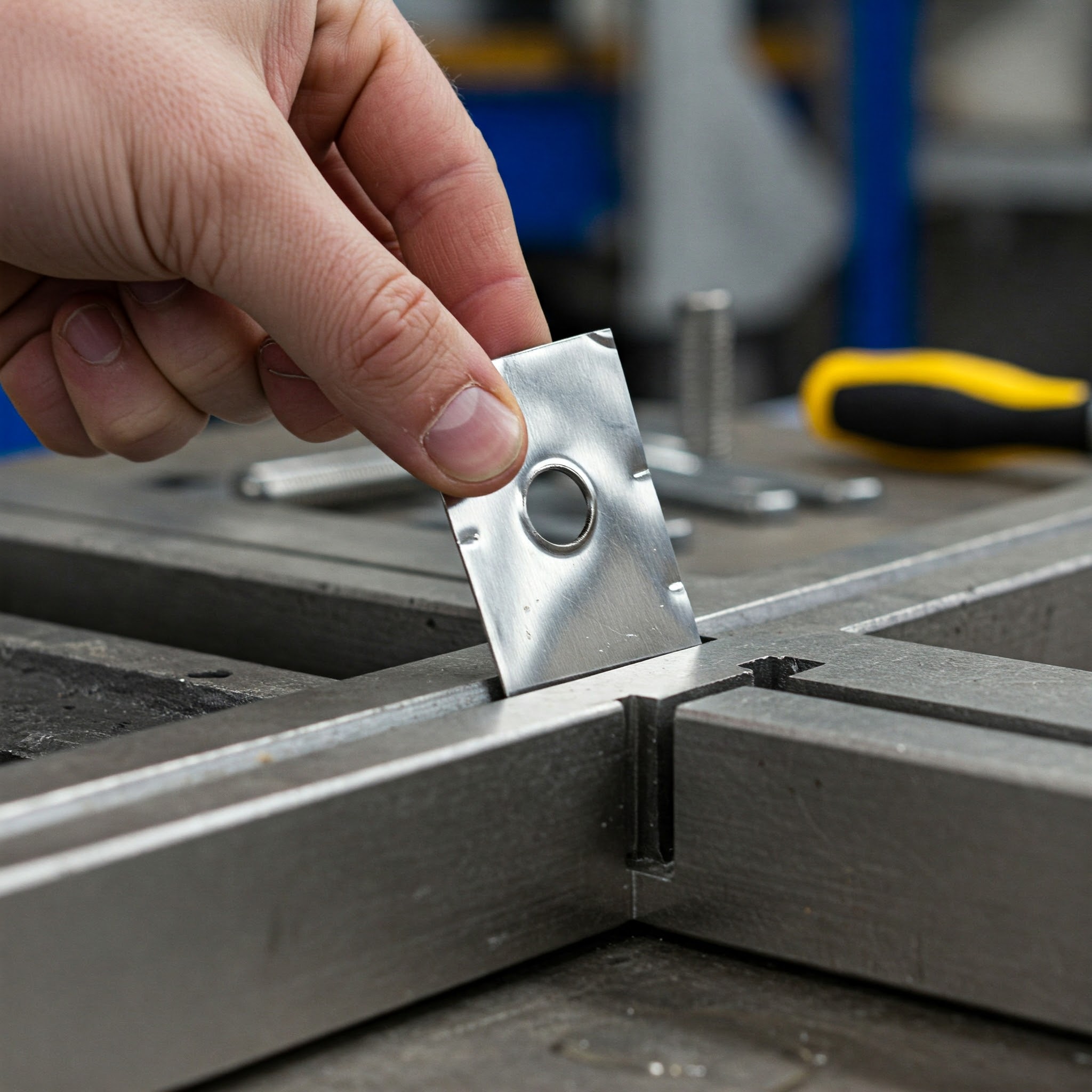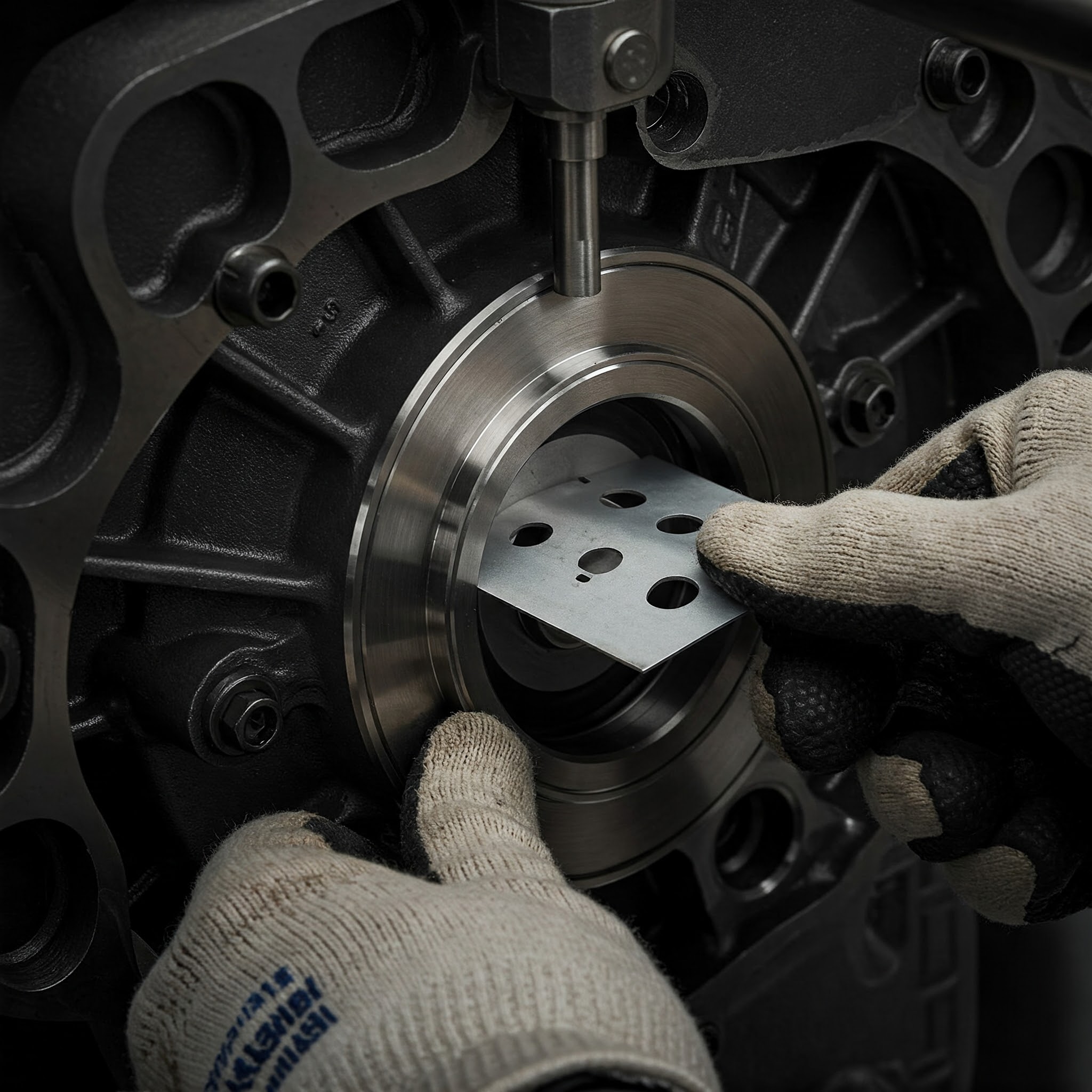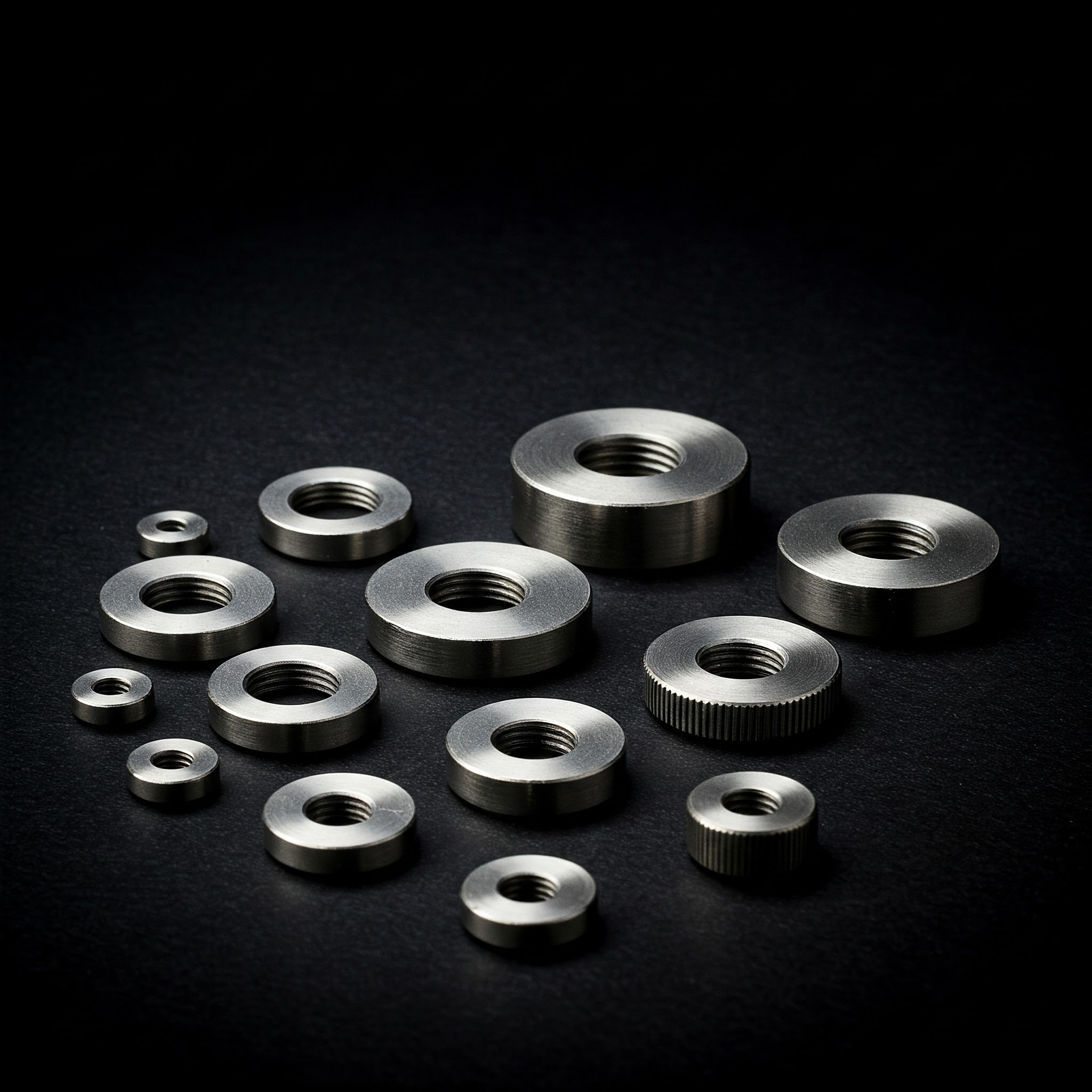Advantages of Using Shims in Construction & Structural Engineering | Key Benefits

Shims may seem like small components, but they play a crucial role in construction and structural engineering. If you've ever worked on a construction project, you know how important precision and stability are. That's where shims come in handy. They help in alignment, load distribution, and ensuring structures remain secure over time.
In this article, I will walk you through the key benefits of using shims, how they improve construction efficiency, and why you should consider them for your next project.
Table of Contents:
- Introduction to Shims
- Why Are Shims Essential in Construction & Structural Engineering?
- Types of Shims Used in Construction
- Key Advantages of Using Shims
- How to Choose the Right Shims for Your Project
- Practices for Installing Shims
- Conclusion
Introduction to Shims
If you've ever had to fix an uneven door or level a piece of furniture, you've already used a basic form of a shim. In construction and structural engineering, shims are thin, wedge-like materials used to fill gaps, adjust height, or provide additional support.
Shims come in various materials, including stainless steel shims, plastic, and composite, each serving a specific purpose depending on the project requirements. Leading shim manufacturers in India offer high-quality shims tailored for construction and industrial use.

Why Are Shims Essential in Construction & Structural Engineering?
In large-scale construction projects, even a small misalignment can lead to structural instability. Shims help correct these issues, ensuring that all elements fit perfectly. Here’s why they are crucial:
- Alignment & Precision Shims help in fine-tuning alignments, ensuring that components are level and properly positioned.
- Load Distribution They evenly distribute loads, preventing undue stress on specific structural elements.
- Vibration Reduction In areas with heavy machinery, shims act as dampeners, minimizing vibrations and noise.
- Structural Integrity Using shims prevents long-term damage by keeping structures stable and reducing wear and tear.
Types of Shims Used in Construction
Not all shims are the same. Depending on the construction need, different types of shims are used:
- Metal Shims
- Commonly used in heavy-duty applications.
- Made of stainless steel shims, brass shim sheet, or aluminum.
- Ideal for supporting large structural components.
- Plastic Shims
- Lightweight, cost-effective, and resistant to moisture.
- Used for general construction and temporary support.
- Often found in doors, windows, and flooring projects.
- Composite Shims
- A blend of materials for enhanced durability.
- Used in high-load applications where resistance to corrosion is required.
- Precut Shims
- Pre-measured and cut for quick and efficient application.
- Used in industrial settings where precise alignment is crucial.

Key Advantages of Using Shims
Now, let’s dive into the real benefits of using shims in construction and structural engineering.
- Improves Structural Stability Shims prevent misalignment, reducing the chances of structural failure. By filling gaps and providing support, they ensure a strong and secure build.
- Increases Load-Bearing Capacity By evenly distributing weight, shims help in reducing strain on critical components. This enhances the longevity of structures and prevents premature wear.
- Enhances Construction Efficiency No need to rebuild or reassemble structures due to minor misalignments—just use precut shims to make precise adjustments. This saves time and labor costs.
- Prevents Long-Term Damage Unbalanced structures can lead to cracks, warping, and other structural issues. Shims act as a preventative measure, reducing repair costs in the long run.
- Cost-Effective Solution Shims are inexpensive compared to major structural repairs. Investing in the right shims early on can save you from costly fixes later.
- Provides Flexibility & Adaptability Every project is different. With a variety of shim materials and sizes available, you can find the perfect fit for your specific needs.
- Helps with Seismic & Vibration Control In areas prone to earthquakes or heavy machinery use, shims help absorb vibrations, reducing stress on structural components.
How to Choose the Right Shims for Your Project
With so many options, picking the right shim can feel overwhelming. Here are some factors to consider:
- Material Needs SS shim plates for heavy loads, plastic for general construction, and composite for corrosion resistance.
- Load Capacity Ensure the shim can support the expected weight.
- Environmental Conditions For outdoor use, opt for weather-resistant materials.
- Size & Thickness Choose a shim sheet metal that fits snugly into the gap without overloading the structure.

Best Practices for Installing Shims
To get the best results, you need to install shims correctly. Follow these tips:
- Measure the Gap Accurately Use precise tools to determine the exact size needed.
- Use the Right Material Don't mix materials that may react with each other (e.g., metal on metal can cause corrosion).
- Ensure Even Distribution Place shims evenly to avoid concentrated stress points.
- Secure the Shim Once in place, ensure the shim won’t slip or shift under pressure.
- Check for Movement Reevaluate after installation to confirm the structure remains stable over time.
Conclusion
Shims might be small, but their impact on construction and structural engineering is massive. Whether you're working on a high-rise building, a bridge, or a simple home improvement project, using the right shims can make a huge difference. They improve alignment, enhance stability, prevent long-term damage, and save both time and money.
Now that you know the advantages of using shims, it’s time to apply this knowledge in your next project. Choose the right shim sheet metal, ss shim plates and many more follows the best practices, and ensure your structures stand strong for years to come.
About Sachin Shim
Our range of shims includes metal, machine, industrial, precision, adjustable, machinery, engineering, custom, and alignment shims. These shims are designed for various applications, such as machinery alignment, fine adjustments in industrial-grade machines, engineering projects requiring steel shims, heavy-duty machinery requiring versatile metal shims, aerospace applications demanding precision stainless steel shims, automotive use requiring adjustable aluminum shims, precision engineering projects using high-quality brass shims, construction applications requiring durable plastic shims, specialized machinery needing customized shim solutions, and manufacturing processes requiring fine-tuning shims for precise alignment and accurate machine setup and leveling.
Author
Meet Sachin, our expert author in industrial materials with a deep understanding of stainless steel shims, bolts, and shim washers. With years of experience, Sachin brings valuable insights and expertise to this guide, making her a trusted source for all things related to washers. Join us as we delve into the art of crafting washers with Sachin leading the way.
List Other similar blogs







